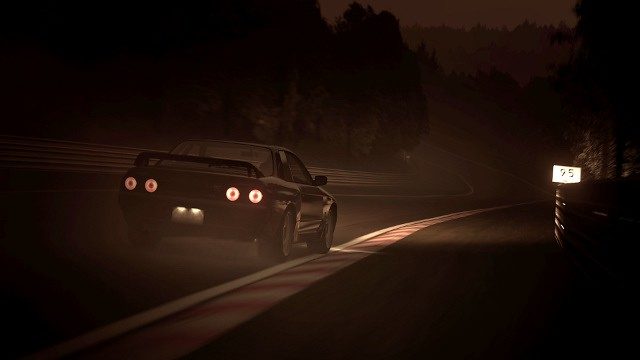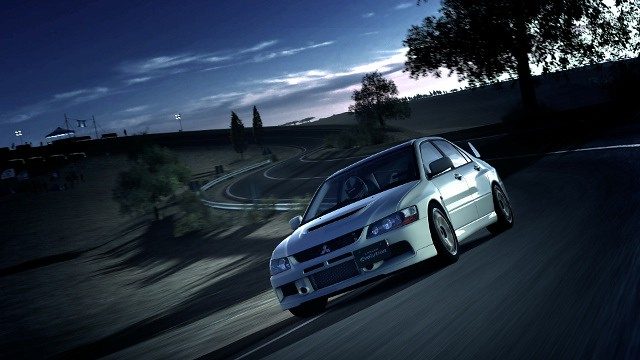- 864

- NorCal
- oppositelock27

***VERSION 3.1*** http://www.mediafire.com/?b0s7d7t491mk87v
(Old) Version 3.0: http://www.mediafire.com/?3vook7e18f3wq6i
(Old) Version 2.0: http://www.mediafire.com/?kp2tri29iji9zer
(Old) Version 1.1: http://www.mediafire.com/?mjpnlm61q299901
Full GT5 Gear Ratio Spreadsheet: http://www.mediafire.com/?9q5p8gac4ndpdlh
If you're having problems opening it try downloading OpenOffice here: http://www.openoffice.org/
***UPDATE FEBRUARY 26, 2012***
RABBIDMAGGOTT has offered to share

http://www.mediafire.com/?bp5q98i99le8twb

How it works:
The Vehicle Specifications and Suspension Parameters fields should be pretty self-explanatory. You can find the front weight distribution in the ballast adjustment screen. Default spring rate refers to the default springs for the fully adjustable suspension kit.
Suspension Level provides for four levels of stiffness. Increasing this value will lower the car and raise the spring rates, dampers, and anti-roll bars in unison. Generally speaking:
Level 1: Street cars on comfort tires
Level 2: Street cars on sports tires
Level 3: Street cars on race tires
Level 4: Race cars on race tires
Update 10/28/11: Recently I've been using level 3 on all cars with sports tires and level 4 on all cars on race tires. I'm not sure the above advice is truly a good guide anymore, you should experiment to find what works best for you. Continuing:
This is a rough guide, however. A Veyron will require a higher level than an Elise on the same tires. The cool part about this is that you can mix and match settings from different levels. For example, I like to sometimes use level 4 dampers on a level 3 setup. You want to use level 4 springs on level 2 dampers with level 3 anti-roll bars? It might work, it might not, doesn't hurt to try. Default setting: 3
Balance Fine Tune is for making small adjustments to the handling characteristics. Entering a positive number results in more oversteer and entering a negative results in more understeer. Each tick of this box slightly alters the ride height, spring rates, camber, toe, LSD, AWD torque split and aerodynamics if applicable. Range is from -3 to +3. Default setting: 0
Base Camber Angle is used to increase or decrease the front and rear camber angles. A heavy car with soft suspension and sticky tires will need more camber than a light car with stiff suspension and hard tires. This is really trial-and-error, here. I suggest keeping it between 1.0 and 3.0. Default setting: 2.0
LSD Strength provides for four levels of LSD lock. This is another trial-and-error type deal. Range is from 1 to 4. Default setting: 2
Brake Bias works similar to the Balance Fine Tune. Entering a positive number moves the balance rearward, entering a negative number it moves it forward. This feature is intended to be used with ABS on, if you drive with ABS off I suggest setting brake bias manually. Range is from -3 to +3. Default setting: 0
Due to the recent debates about "backwards" settings I've decided to include the Invert F/R Roll Resistance feature for those who subscribe to this theory. This feature has two effects. First, it flips the swaybar output. Second, it reverses the effect of the Balance Fine Tune on spring rates. Note that this will not effect the spring rates if the Balance Fine Tune is at 0 as they will still be extrapolated from the defaults. Enter "N" for normal or "Y" for reversed. Default setting: N
The transmission Spread feature allows you to move the transmission gear ratios closer together or further apart. Entering a value less than 100% will result in closer ratios and entering a value greater than 100% will result in wider ratios. If you're having trouble fitting the suggested ratios into the allowable range this feature can be used to correct this. Default setting: 100%
The transmission Scale feature multiples all gears by the same amount without altering the spread. The effect is similar to changing the final drive. Entering a value less than 100% will result in taller (numerically lower) ratios and entering a value greater than 100% will result in shorter (numerically higher) ratios. This is also useful for fitting the ratios into the allowable range. Default setting: 100%
For a complete step-by-step demonstration on fitting gear ratios and selecting a final drive, please jump to the following post:
https://www.gtplanet.net/forum/showthread.php?p=5889327#post5889327
At this time the Aerodynamics feature only works for race or tuner vehicles with adjustable front downforce. It does not work on road cars with the GT Auto aero kit. Sorry. If I find a way to make it work for road cars I will try to integrate it into a future version.

Some preemptive answers to some possible questions:
Q: Why aren't the spring rates based on weight distribution?
A: Weight distribution can't be used to calculate spring rates without knowing the motion ratio of the vehicle suspension. For example, the BMW M3 uses a strut type front suspension and multilink rear. Struts have a motion ratio of 1:1 but a multilink motion ratio can vary wildly depending on how where the shock/spring assembly mounts to the control arm. Since the M3 has 50:50 weight distribution we might be tempted to use spring rates of 10.0/10.0, but this would be wrong. If the rear motion ratio is 0.7:1 this would be equivalent to a 10.0/7.0 setup, which would result in understeer. If the rear motion ratio is 0.5:1 this would be a 10.0/5.0 setup! It's for this reason that the M3 uses higher spring rates in the rear. In this situation the only thing we can do is assume somebody at PD did their homework properly and extrapolate from the settings they give us.
Q: Was this created with a controller or wheel?
A: This was created with a combination of DS3 and HKS controllers. I imagine wheel users might find the initial settings be a bit on the "safe" side. I hope the adjustments provided will allow this to work for wheel users as well. If not, I would hope they have suggestions for improvement.
Q: Is this good for drift, drag, or rally settings?
A: Maybe. I don't know. Probably not.
Q: I used this on X car and it was 0.287 seconds slower on the Nur. This is stupid. Your stupid and your breath stinks. I am the best tuner.
A: I'm sure you're correct on all counts.

Thats it for now. If you choose to post a tune created either partially or entirely with this sheet I only ask that you give credit and hopefully post a link to this thread.
Happy motoring.
____________________________
Last edited:




